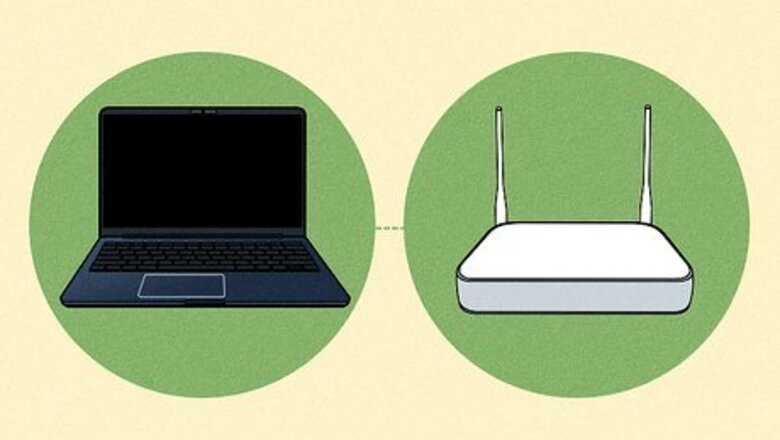
views
- To find the router's IP on Windows, type "ipconfig /all" into Command Prompt and find the address next to "Default gateway."
- On a Mac, go to System Settings > Wi-Fi, click "Details" on your connection, and find the address next to "Router."
- Look for a sticker on your router with the default admin login info, or try "admin" as both the username and password.
Finding the Router's IP Address
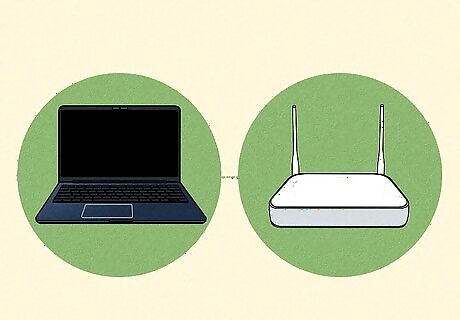
Connect to your router via Wi-Fi. Before you can log in to the router, you'll need to connect your computer, phone, or tablet to it via Wi-Fi or Ethernet. If you don't know the Wi-Fi password, it may be printed on the router or in your ISP's instruction manual. Alternatively, if you're using a computer with an ethernet port, you can connect to the router's LAN port directly using an ethernet cable. If you don't know the Wi-Fi password, you can also use this guide to help you find it. Depending on your router, you may be able to access it through a mobile app on your Android, iPhone, or iPad. If your router has an app, install it from the App Store or Play Store, launch it, and follow the on-screen instructions to connect—there will usually be a setup password. For example, if you have an Xfinity XFi Gateway, you can access and set up your router using the Xfinity app.
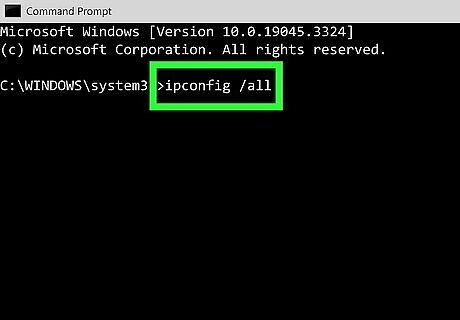
Find the router's IP address on Windows. The easiest way to get your router's IP address on any version of Windows is to use the Command Prompt: Press Windows key + S to activate Windows Search. Type cmd and click Command Prompt. Type ipconfig /all and press Enter. Find the router's IP address next to "Default Gateway." If you're connected via Wi-Fi, you'll see this IP address in the "Wireless LAN adapter" section (or similar). If you're using ethernet, it'll be under "Ethernet adapter."
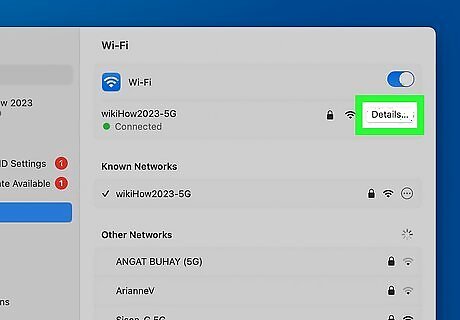
Find the router's IP address on a Mac. You can do this easily in System Settings: Click the Apple menu and select System Settings… (or System Preferences on macOS Monterey and earlier). Click Network. Select Wi-Fi if you're connected to the router wirelessly, or Ethernet if using a wired connection. Click the Details… button Find the router's IP address next to "Router."
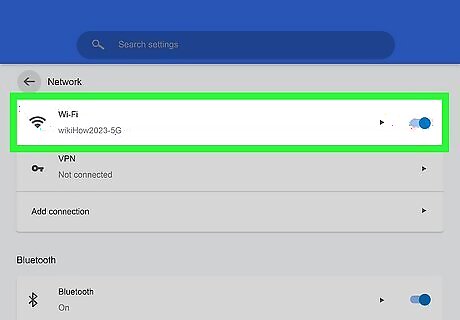
Find the router's IP address on a Chromebook. To get your router's IP address: Click the clock at the bottom-right. Click the gear icon. Click Network. Click Wi-Fi. Select your Wi-Fi router. You'll find the router's IP address next to "Gateway."
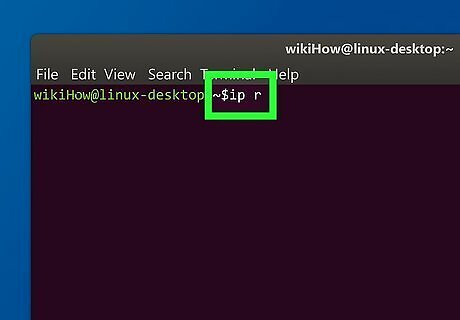
Find the router's IP address on Linux. To do this, just open a terminal and run the command ip r. You'll see the router's IP address next to "default via" at the top of the readout.
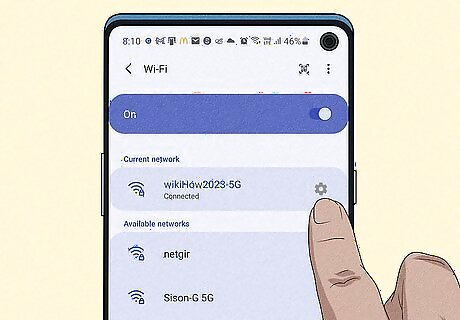
Find the router's IP address on Android. Open your Android's Settings, then follow these steps: Select Wireless & networks or Network & Internet. The name will vary by Android. Tap Wi-Fi or Internet. Tap the gear icon. If you don't see one, tap the three-dots, More, or Advanced option. Find the router's IP address next to "Gateway" or "Router." If this method doesn't work on your Android, you can also use an app like Wi-Fi Analyzer to find the router's IP address.
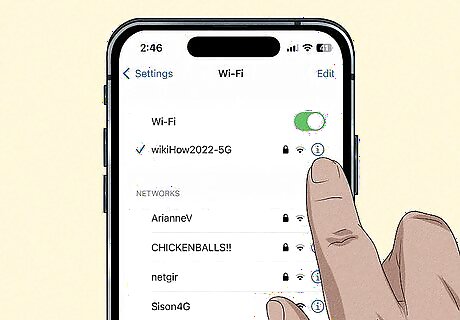
Find the router's IP address on iPhone or iPad. Open your Settings, and then follow these steps: Tap Wi-Fi. Tap the "i" in a circle next to your Wi-Fi network. Find the IP address next to "Router."
Finding the Router's Login Info
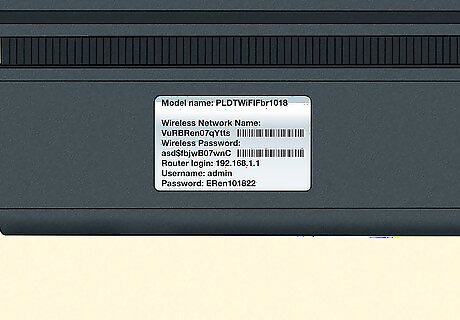
Check the sticker on the router. Whether you got your router from your ISP or bought it on your own, you'll usually find your router's default admin password printed on the router itself. If you got your router from your ISP, you can also check the paperwork that came with your router.
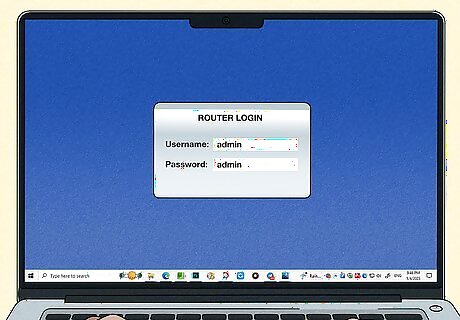
Try a common default password. If you can't find the login info on the router, don't worry—most router brands have standard default usernames and passwords. Username: admin Password: admin Username: (leave blank) Password: admin Username: admin Password: (leave blank) Username: admin Password: password
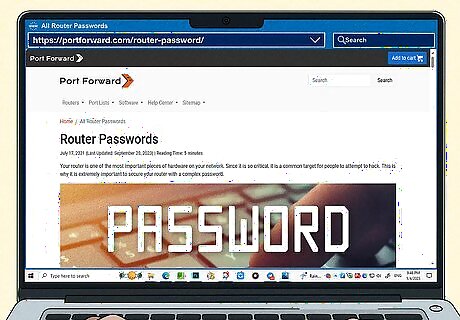
Find your router's default password online. You can use a website like PortForward's router password list to look up your router model, or just search Google for your router's model number and "default password."
Accessing the Router

Open a web browser. Whether you're using a computer, phone, or tablet, you can access your router using your web browser once you have its IP address and login information. If you installed your router's default mobile app on an Android or iPhone, just launch the app and follow the on-screen instructions to log in. EXPERT TIP Darlene Antonelli, MA Darlene Antonelli, MA wikiHow Technology Writer Darlene Antonelli is a Technology Writer and Editor for wikiHow. Darlene has experience teaching college courses, writing technology-related articles, and working hands-on in the technology field. She earned an MA in Writing from Rowan University in 2012 and wrote her thesis on online communities and the personalities curated in such communities. Darlene Antonelli, MA Darlene Antonelli, MA wikiHow Technology Writer "If you use a service provider similar to Spectrum or Xfinity and rent a router/modem, you most likely have a mobile app to use instead. However, the process looks the same as logging into your router to change the password. Instead of logging into the router's admin page, open the app and sign into your account with the ISP. For example, Spectrum is my ISP and I open the My Spectrum app to perform these steps."

Type the router's IP address and press ↵ Enter or ⏎ Return. In the address bar at the top or bottom of the router, type the IP address you found earlier, just as you would a website address. Once you do this, you'll be prompted to log in to the router. If a website doesn't come up when you enter the IP address, try typing https:// before it. If the website still doesn't load, unplug the router for about 30 seconds, and then plug it back in. Wait about 3-5 minutes, then reconnect to the router via Wi-Fi. Then, try to log in again. If you're still unable to pull up a webpage or login screen, try using a different device to see if you have better luck. If you can't log in to the router from any device, you will need to reset the router.
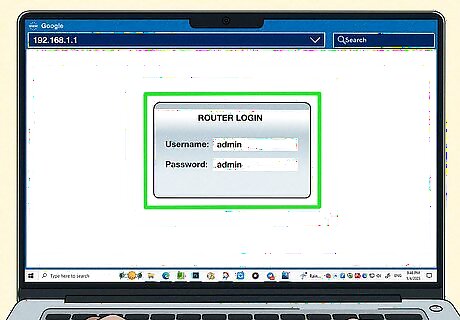
Enter your router's username and password. Use the username and password you located earlier to log in to your router. If you're unable to log in to your router with the default username and password, resetting the router to its factory settings will restore the default login information. On most routers, you can do this by inserting the extended end of a paperclip into the small hole on the back, bottom, or side of the router. After a few moments, the router's name, default Wi-Fi login info and password, and default admin login information will all reset to their defaults. You can then log in and create a new password.
Changing Settings
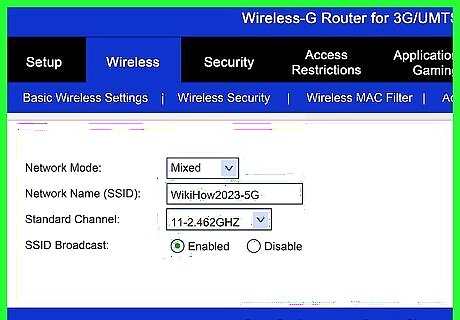
Review your router's settings. Each router's admin website will differ slightly, but you can usually find the following information on every router: Settings - View your router's settings, from the password and the current connection strength to the type of security your connection uses. Wireless or Wi-Fi – In this section, you can change your Wi-Fi network's SSID (the network name) and password. You may find these items in a sub-menu called "Security" or "Wireless Security." Connected Devices - View a list of any devices connected to your network and recently connected devices. Parental Controls - Review your router's parental settings, such as device time limits or blocked sites.
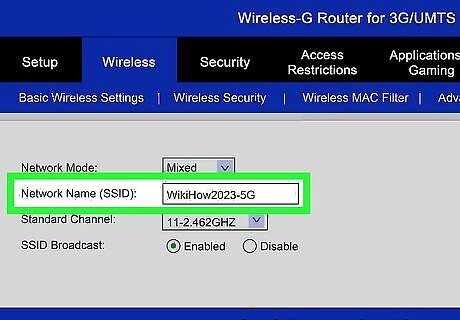
Change your wireless network's name. Editing the "SSID" field will change the wireless network's name. Once you change the network name, any devices that were connected to it in the past will need to reconnect to the newly-named router.
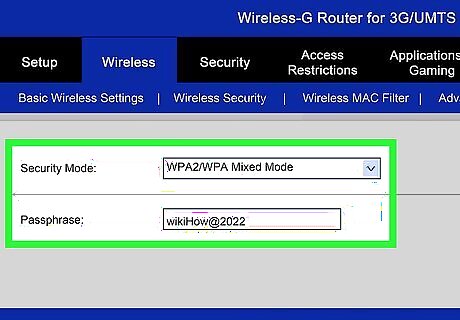
Secure your wireless network with a password. Most modern routers support multiple kinds of wireless encryption. Use WPA3 (if available) for the best level of encryption. If unavailable, opt for WPA2. When selecting a Wi-Fi password, try to aim for 10 characters or more, avoiding words that appear in the dictionary. A great option is a string of words that are easy to remember, such as lyrics to a song, along with a number and/or symbol. For example, "Wefoundloveinahopelessplace3!" would make a great password that would be easy for a Rihanna fan to remember but difficult for a hacker to guess. Changing your Wi-Fi password will also stop someone from accessing your router if you don't want them on your network.
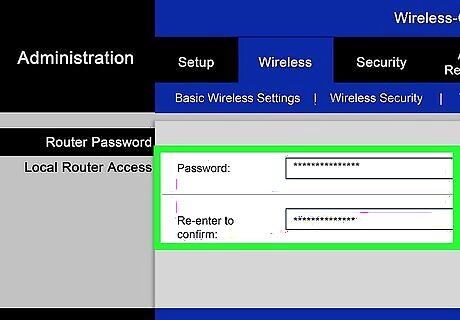
Create a new admin username and password. To secure your router, it's a good idea to change the default admin username and password. The default name and password for your router are very insecure, as anyone connected to your network can easily enter the settings and compromise the security of your network. You'll usually find the option to change the admin password on an "Administrator" or "Security" tab. If you have ongoing security issues, you can temporarily disable your Wi-Fi network by logging into your router's dashboard and disabling network mode.




















Comments
0 comment